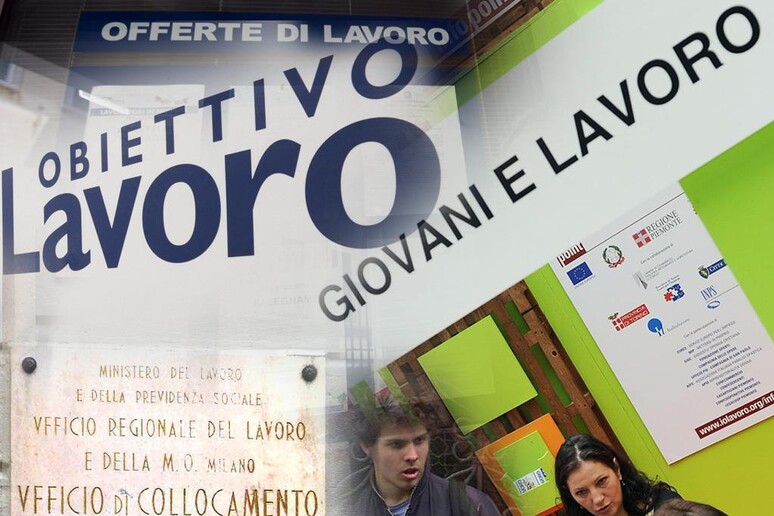The Italian economy, mired in
recession, was hit with more bad news Tuesday with reports
showing continued deflation in September - evidence of ongoing
weakness - as well as a dramatic jump to new record highs in
youth unemployment.
The jobless rate among young Italians rose to 44.2% in
August while unemployment overall fell slightly to 12.3% during
the month, national statistics agency Istat said.
Unemployment among Italians between 15 and 24 who are in
the job market reached levels not seen since 1977 when Istat
first began keeping these specific records.
Youth joblessness also rose 1% compared with July and
jumped by 3.6% compared with the same time last year.
That is bound to be a serious concern for Premier Matteo
Renzi, whose government - like administrations all over Europe -
have made reducing unemployment among young citizens a high
priority.
A summit on unemployment organized by the European Union is
planned for October 8 in Milan.
Farm organization Coldiretti said that poor summer weather
contributed to the record-high levels of youth joblessness by
reducing the number of temporary jobs related to tourism and
even early fruit harvests.
"A crazy summer" of cool weather and heavy rains in parts
of the country cut work for temporary lifeguards, cooks and
waiters at tourist spots as some 4.2 million people changed
their holiday plans because of the bad weather.
Meanwhile, the economy recorded its second straight month
of deflationary numbers in September, with the annual consumer
price index below zero, Istat said.
That triggered calls by consumer groups for a day of
protest on November 8 against "the dire state of the Italian
economy" brought about, in part, by excessive taxation.
Italy has slipped into its third recession since 2008 and
many experts say there is a danger deflation could gain a strong
hold over the economy and make recovery very difficult.
Buttressing that argument are the latest figures showing
the annual inflation rate was -0.1 in September, the same
negative rate as recorded in August, when deflation hit the
Italian economy for the first time since September 1959.
Both inflation and the jobless rate send important signals
about the strength, or weakness, in an economy.
Policy-makers often aim to hold inflation at about 2%,
which many judge to be the right amount to ensure adequate
growth without driving prices too high.
The fall in inflation in September was again led by a drop
in energy prices as was the case in August, Istat said.
After energy prices fell by 1.2% in August, the drop
accelerated in September to fall by 2.8%.
That also contributed to a fall in food prices because of
lower transportation costs for fresh items.
The core rate of inflation, which excludes volatile energy
and food prices and is most closely watched by policy makers,
was stable at 0.5% in September.
Italy's European Union-harmonized index of consumer prices
(HICP) rose by 1.8% in September compared with August, but fell
by 0.2% compared with September 2013, Istat said.
It also warned that economic weakness has likely continued
in the third quarter, although the weak euro would help exports.
ALL RIGHTS RESERVED © Copyright ANSA











